News
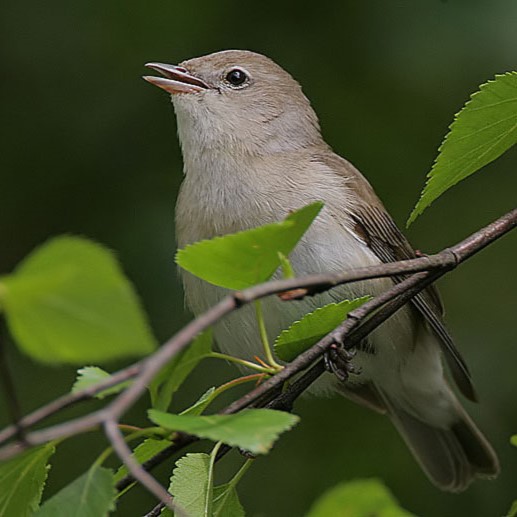
|
How do birds like it in Czech forests?Man has been reshaping forests since ever. They have been harvesting wood and planting new trees. But what is the impact of all this on bird populations in the Czech Republic? Are they declining or are the birds coping? The scientists were asking the same questions and made and study. The study of bird populations during 1982-2019 was therefore carried out by a team of experts led by prof. Mgr. Jiří Reif, PhD., from the Institute for the Environment, Faculty of Science, Charles University. Published Nov 14, 2022 |
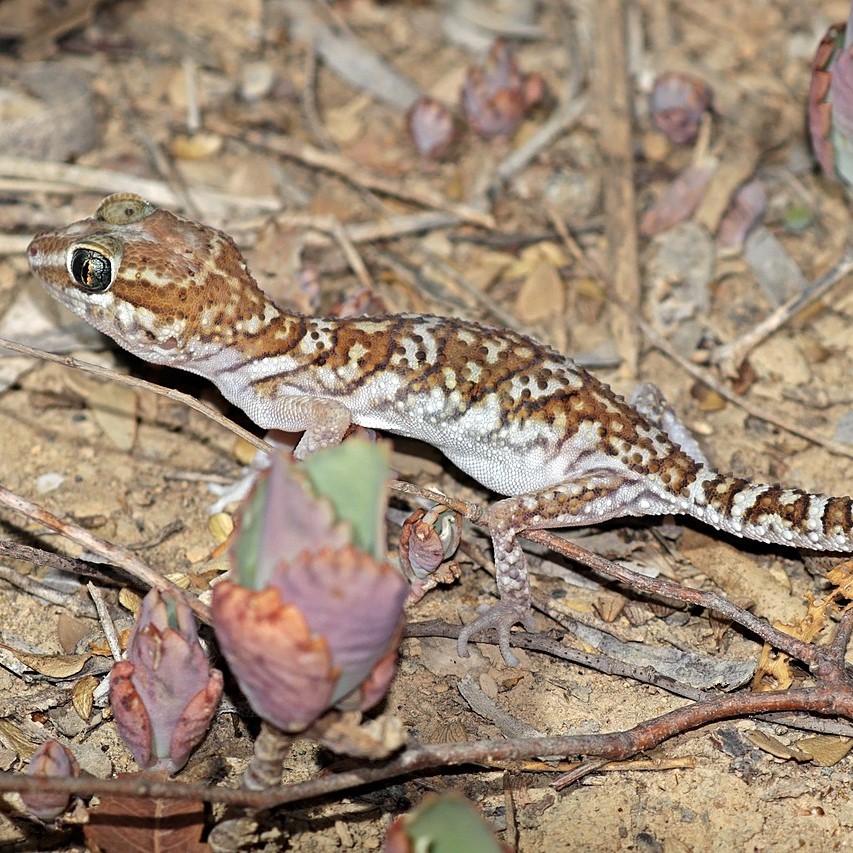
|
Pubertal Growth Spurt? Geckos Tell a Different Tale.In humans, puberty is associated with a rapid growth spurt that underlies the many phenomena—such as voice cracking—that people commonly think of when the words ‘puberty’ and ‘maturation’ crop up. However, in vertebrates in general, growth and puberty/maturation are not always closely linked. One could argue that it is self-evident, given that, let’s say, reptiles grow their whole life and thus cannot be expected to reach their final body size when they become sexually mature. The issue is, a team of researchers from our faculty discovered a few years ago that reptiles in fact do not display indeterminate growth. Now another team of researchers, Brandon Meter and Zuzana Starostová from the Department of Zoology, Faculty of Science, and Lukáš Kratochvíl and Lukáš Kubička from the Department of Ecology, Faculty of Science, further delved into the mysteries of reptile growth. Their analysis of proximate causes of sexual size dimorphism in the Madagascar ground gecko (Paroedura picta) was recently published in Frontiers in Physiology. Published Nov 07, 2022 |
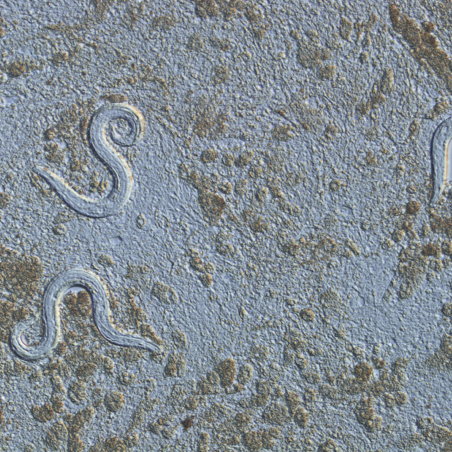
|
When worms crawl on mice's brainsWould you want to have worms in your brain? Probably not, right? However, a therapeutic method, that relies on these creatures exists. So what is the deal with them? A team of Czech scientists, including parasitologists from the Faculty of Science of Charles University, investigated the effect of dog roundworm infection on the course of multiple sclerosis. Tomáš Macháček, together with colleagues Martin Majer, Kateřina Skulinová, and Petr Horák, observed the health status of roundworm-infected mice, which subsequently developed encephalomyelitis, i.e. inflammation of the brain and spinal cord, serving as a mouse model of multiple sclerosis. Published Oct 30, 2022 |
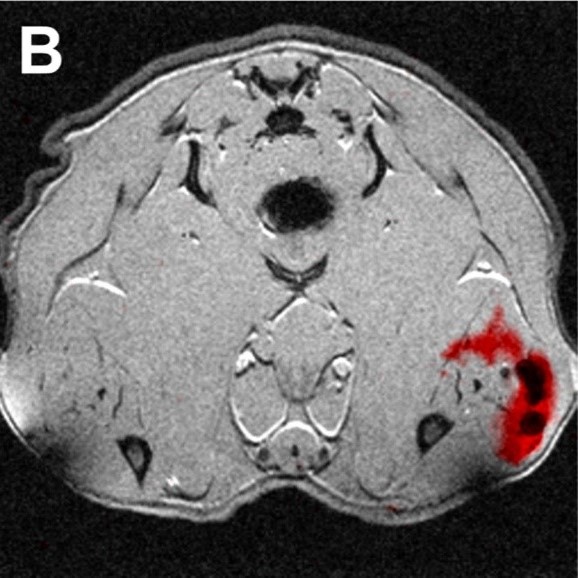
|
Polymer nanoparticles as means of transport for drugsDrugs need to be transported in the body to the site where they are to act. Properly selected polymer nanoparticles can serve as carriers. If these nanoparticles are appropriately labelled, they can be used for both therapy and diagnostic imaging. The research of such copolymer nanoparticles, consisting of two distinct blocks and labelled with 19F, is the subject of a paper co-authored by graduates and students of the Faculty of Science of the Charles University (CU). The article was prepared at the departments of the Faculty of Science of the CU (material characterization) and the 1st Faculty of Medicine of the CU (biological testing, histopathological examinations, imaging) in collaboration with the Institute of Macromolecular Chemistry of the Czech Academy of Science (CAS; synthesis, material characterization, work concept, organization) and the Institute of Organic Chemistry and Biochemistry of the CAS (material characterization). Published Oct 09, 2022 |
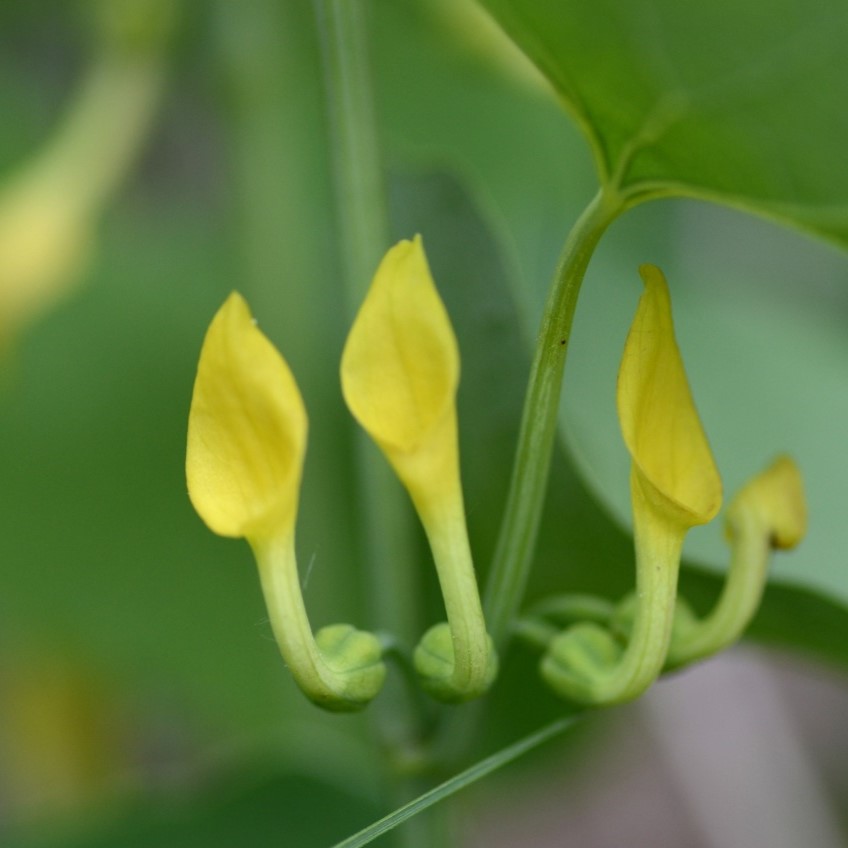
|
Attention, Aristolochia!We use herbs daily, let it be in the kitchen or the medicine. After all, a little dash of herbs can´t hurt… right? Well, not really. Aristolochic acids are a group of chemical substances produced by the Aristolochiaceae family. They are very dangerous to human health, so much so that they are classified as Group I carcinogens. You wouldn´t expect such compounds in medicinal products. However, they are still contained in many traditional medicines, which are distributed worldwide without any supervision. How exactly are aristolochic acids dangerous and how could we prevent their detrimental consequences to human health? The group of Dr. Jiří Zavadil from the International Agency for Cancer Research in Lyon, France focused on exactly that in their new review published in the prestigious scientific journal Nature Reviews Cancer. The review was co-authored by Shefali Thakur, who graduated from the Faculty of Science, Charles University. Published Sep 15, 2022 |
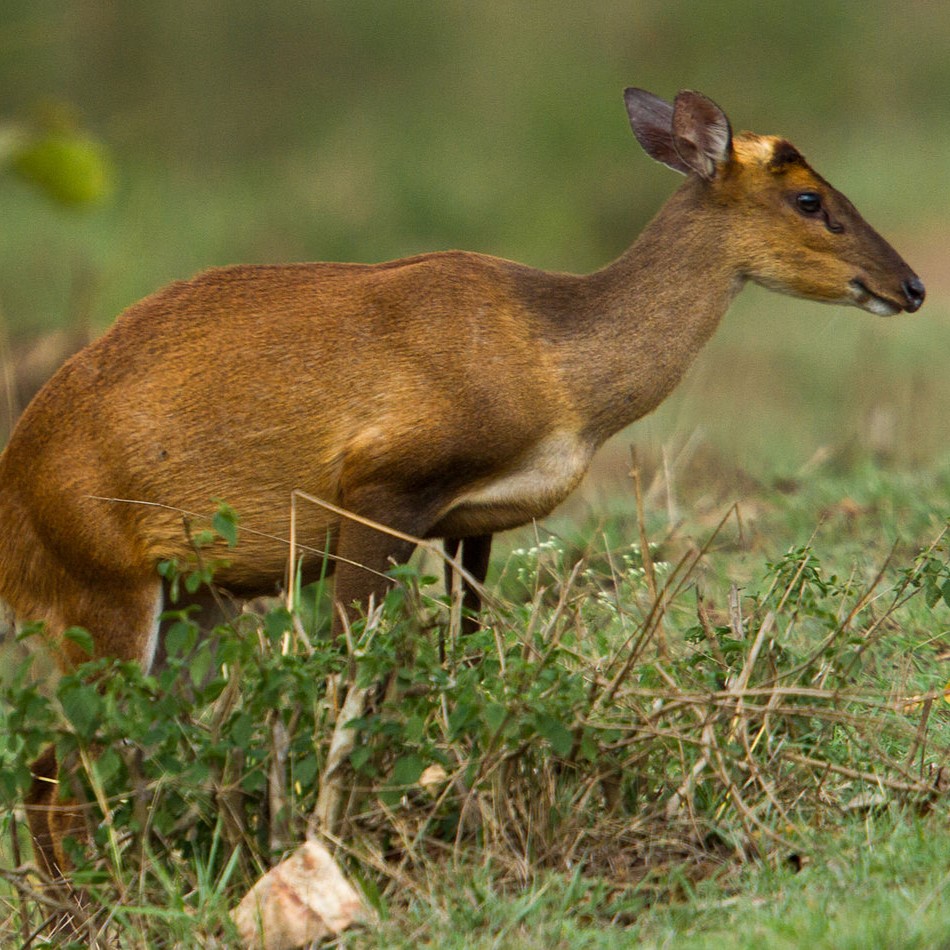
|
Protecting large carnivores by studying their preyCan we protect large carnivores more efficiently by studying the ecology of ungulates? An international team of scientists, including Soňa Vařachová and Professor Pavel Kindlmann from the Institute of Environmental Studies aimed to shed some light on this issue. Their study focused on the ecological demands of the barking deer in the mountains of Nepal. Even though the object of the study was a single species of ungulate, the main objective of the research was in fact the protection of the common leopard. Published Sep 10, 2022 |
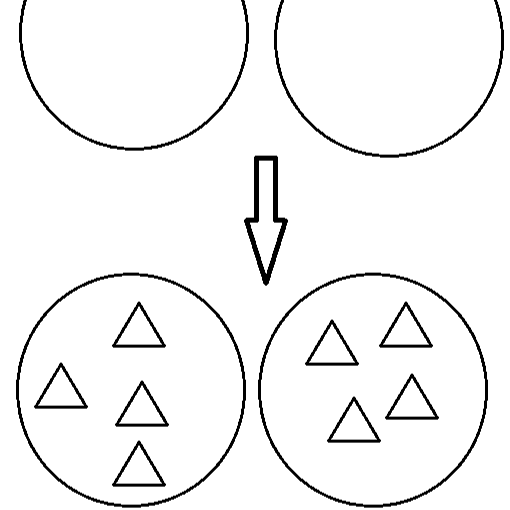
|
(Un)remarkable florasA general rule is that with distance, floras in various regions are increasingly dissimilar. However, this has become less true since humans started moving species between regions. This process began hundreds of years ago, when people started travelling not only between countries but also between continents. This weakened the role of biogeographic barriers as plants that could not spread beyond a certain region were taken to new ranges where they could grow and naturalise. The effect of naturalised plants on global floristic homogenisation has been studied by Professor Petr Pyšek from the Department of Ecology in the Faculty of Science, Charles University. Published Sep 06, 2022 |

|
Nanoparticles: the future or ancient past?Nanomaterials are a very current topic for many research teams worldwide thanks to their unique properties. It is quite certain that the interest in them will not subside any time soon. Moreover, it seems that nanoparticles have been around for much longer than we thought. Is it possible that they were created by nature itself? Quantum dots are a type of nanoparticle that are usually considered to be artificial semiconductors with interesting properties and applications. The research team of Dr. Martin Ferus, featuring his students from the Faculty of Science of Charles University, joined forces with the group of Dr. Lukáš Nejdl from Mendel University in Brno to study the role of quantum dots in prebiotic chemistry. Published Aug 29, 2022 |
When trees aren´t growingExtreme tree growth reductions are visible in the width of tree rings, thanks to which scientists are able to study various trends in growth and even make predictions. These reductions can be climate-driven or caused by pests or other disturbances and are often the main cause of high forest mortality. During these extreme reductions, carbon sequestration declines to 20-40% of normal values. Pinus sylvestris and Picea abies are two conifer species occurring in Central Europe. Václav Treml from the Faculty of Science at Charles University and his colleagues analyzed extreme tree growth reductions in high- and low-elevation forests, their recurrence, and how they are linked to climatic drivers. They looked at long-term trends in extreme growth reductions since they are still largely unknown. Published Aug 23, 2022 |
|

|
Diabetes? Old cells must go!Diabetes mellitus represents one of the major health problems worldwide. It is very likely that each one of us knows someone suffering from this disease. Just diabetes mellitus type two is currently affecting over 420 million people all over the world. That is about the same amount of people that live in the whole of South America! How to help treat the disease? Team of Czech scientists led by prof. Jiří Neužil has tried to find the answer. Mgr. Eliška Vacurová from the Faculty of Science of Charles University Prague was also part of that team, and she is also one of the main authors of an article published in Nature Communications. Published Jul 25, 2022 |
Following the footsteps of red deer in the pastPlanet Earth has undergone numerous environmental changes associated with climate change. Fluctuations in temperature and precipitation have also affected the distribution of organisms on the planet. What microevolutionary process has one of Europe’s key mammals, the majestic red deer, undergone in the recent past? The results of an international study led by Karolina Doan from the University of Warsaw, which involved evolutionary analyses of a sample of red deer in Central Europe by molecular biologist and zoologist Pavel Hulva from the Department of Zoology, Faculty of Science, Charles University, has recently been published in the Zoological Journal of the Linnean Society. Published Jun 23, 2022 |
|
Crown jewel of organometallic chemistryThe year is 1952. Young Elizabeth II. is taking over the throne in Britain. Meanwhile, there is a whole other revolution happening in Pittsburgh, Pennsylvania. Local scientists Thomas J. Keally and Peter L. Pauson have isolated an unknown orange substance that is stable in air and water and doesn't decompose even in concentrated hydrochloric acid. They published their discovery in Nature journal and that is how ferrocene saw the light of the day. This year it celebrates 70 years of existence and, on this occasion, prof. Petr Štěpnička from the Department of Inorganic Chemistry, Faculty of Science, Charles University Prague wrote a review summarizing the applications and the reactions of this iconic organometallic compound. Published Jun 20, 2022 |
|
Brandy Bay and unique fossil wood from the James Ross Island in AntarcticaMore than 10 years ago, a team led by Radek Vodrážka from CGS (Czech Geological Survey) and Jakub “James” Sakala discovered a large number of fascinating fossils on James Ross Island. The findings from the Antarctic Project of the CGS are gradually being processed and published. The fossil wood from the pleasant Brandy Bay is, in a way, unique. The article was published in the Antarctic Science journal last year. Its authors are Oleksandra Chernomorets and Jakub Sakala from the Department of Geology and Paleontology, Faculty of Science, Charles University. Published May 30, 2022 |
|

|
Seven deadly sins of potential romantic partnersEvery relationship has its ups and downs, but initially the focus is typically on the positives. To date, scientists have focused on exploring the positive characteristics, known as dealmakers, in a potential partner. However, dealbreakers, a person’s negative characteristics, also play an important role, but have been neglected in scientific research, even though they are at least as important as dealmakers. Research has yet to determine whether they outweigh the dealmakers and it will be of immense interest to see how men and women approach these two aspects of a potential partner. Therefore, research into specific dealbreakers and their importance was conducted by a team of scientists, including Zsófia Csajbók from the Faculty of Science, Charles University. Published May 30, 2022 |

|
Chronicle of bark beetle infestationsForest mortality has been increasing in recent years. This is primarily because bark beetle populations are growing at a rapid rate, decimating sometimes relatively healthy trees. Are we really experiencing unprecedented extremes, or have similar disturbances occurred throughout history? And can past events help us to deal with the current situation? Scientists have been searching for answers to these questions in the pristine region of the High Tatra Mountains. Petr Kuneš and Helena Svitavská Svobodová from the Department of Botany at the Faculty of Science, Charles University contributed significantly to research led by Nick Schafstall from the Czech University of Agriculture. Published May 02, 2022 |
What a difficult life plants have…Plants can be found all over the world; therefore, it is no surprise that they have developed numerous adaptations and life strategies. Disturbances lead to a removal of biomass, and how the plant copes with this is a key factor in selection. Vegetative regeneration is one of the possible ways a plant can respond to removal of its aboveground parts. There are even plants that can survive the total destruction of these parts. A team of scientists, including Jitka Klimešová from Charles University Faculty of Science, conducted a detailed study of these plants. They investigated how the removal of the aboveground parts of plants affects their growth, root respiration, and photosynthesis. Published Apr 24, 2022 |
|
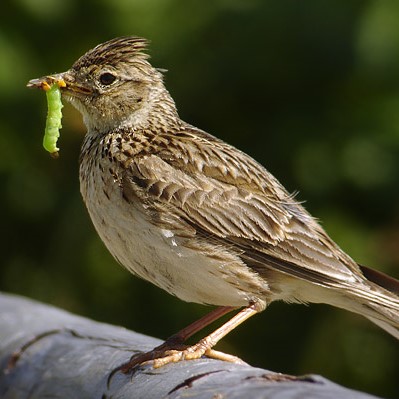
|
Was the environment somehow affected by Communism? What about the birds?Nowadays, all children in schools are taught about communism. Yet, we are used to looking at this topic mostly from a historical point of view. But what effect did these 41 years have on nature? Collectivisation, which was strongly supported by the socialist regime, not only impacted small farmers, who lost their inherited estates for generations, but also the ecosystem and animal diversity. For instance, the homogenisation of the landscape changed the composition and numbers of bird populations. This transformation has been examined by Martin Šálek and other scientists from the Faculty of Science of Charles University on both the Czech and Austrian sides of the Iron Curtain. Published Apr 18, 2022 |
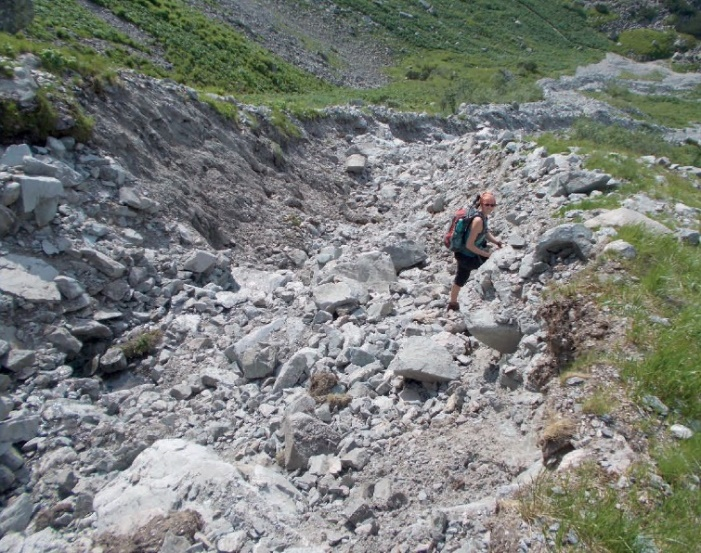
|
The sky kept crying over Smutná. What happened next?Harsh mountain landscapes attract adventurers as well as scientists. The natural conditions there allow the formulation of unusual but also destructive phenomena and processes, often of large proportions. One such phenomenon is that of fast-moving masses of poorly sorted sediments saturated with water, known as debris flows. Studying these, along with the specific preconditions that give rise to them, is crucial for the prediction and prevention of devastating consequences. Therefore, geomorphological experts Tereza Dlabáčková and Zbyněk Engel from the Department of Physical Geography and Geoecology, Faculty of Science, Charles University have focused on mapping and evaluating the cause of a recent event. Published Apr 04, 2022 |
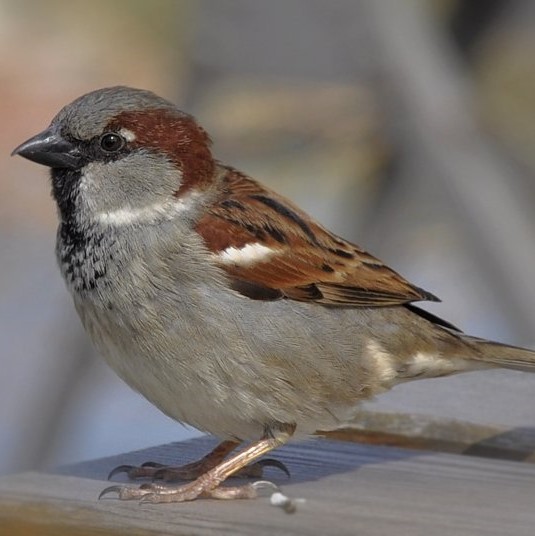
|
Whom can we hear singing in European cities?It is a well-established fact that urbanisation causes fragmentation of the landscape and habitat loss. Moreover, urban environment presents a challenge for wildlife, as it is a dynamic system that changes easily. It is therefore important to understand how urbanisation affects ecosystems in which an increasing number of people are now living. A large international team of scientists, including Jiří Reif from the Institute of Environmental Studies, surveyed birds across 17 cities in 10 European countries. The team asked a quite simple question: Which urban characteristics affect different facets of avian diversity and how? Published Mar 28, 2022 |
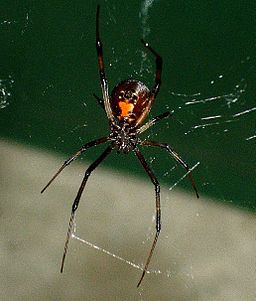
|
Are we afraid of spiders as a taxonomical group or is their categorisation unimportant?When you react to a stimulus, neural pathways that enable various responses to different situations are created. The neural circuits responsible for these quick reactions are one of the oldest we possess and mediate responses that are among the fastest. The question is, how deeply is the fear of spiders imprinted within us? Is it a result of natural selection, learning, and reflexes or are there other reasons for this common phobia? Even newborns react negatively to spiders and children aged 9 to 13 respond more negatively to crawling invertebrates than those that fly. There has to be a reason for this! Research into the fear of spiders and other creatures is moving forward thanks to Eva Landová, Markéta Janovcová, and Professor Daniel Frynta’s team from the Faculty of Science, Charles University. Published Mar 07, 2022 |